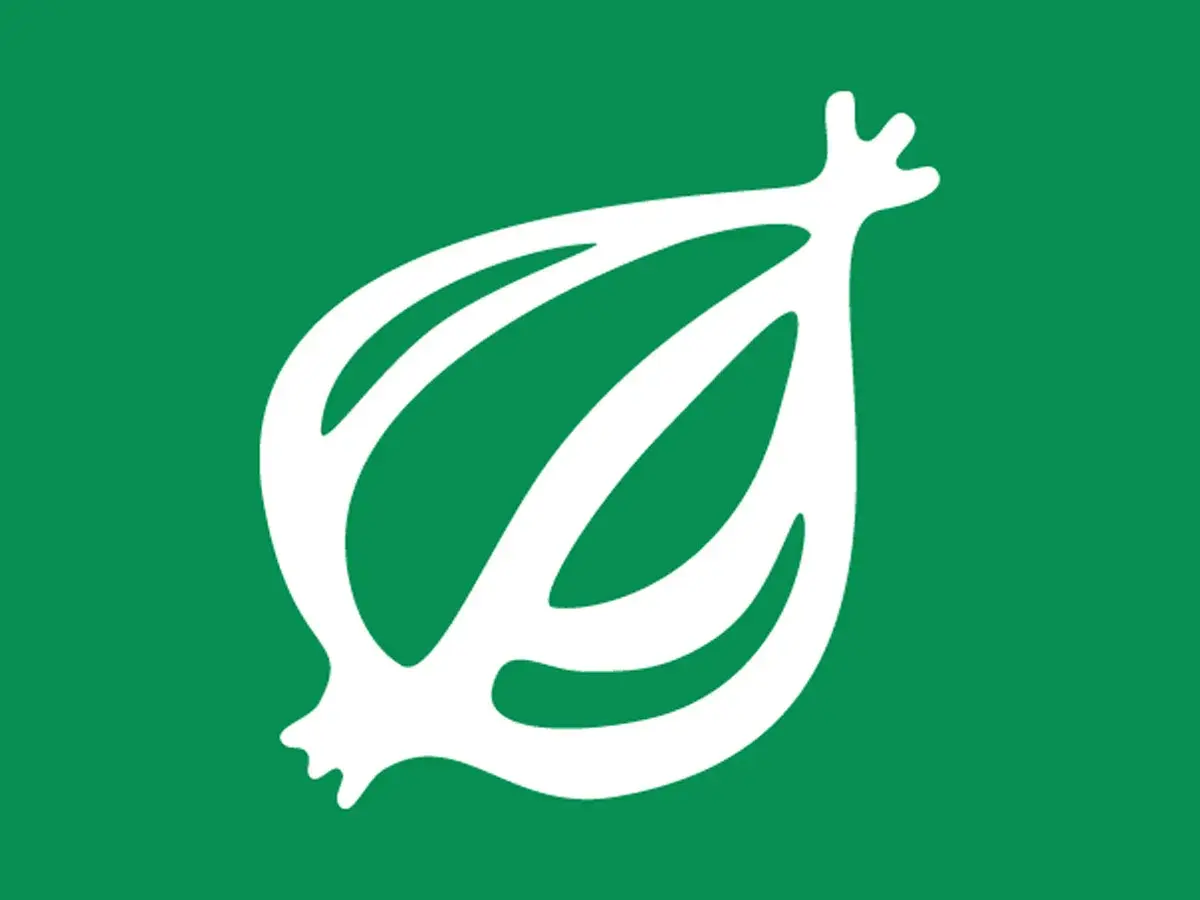

unless it’s used as an adjective it definitely sounds like an incel or a ferenghi is speaking


unless it’s used as an adjective it definitely sounds like an incel or a ferenghi is speaking
but, since it’s open source - in principle those creatives and ux designers could actually pitch in and offer their expertise to help improve further versions?
Nice guide, thanks for sharing! I’m thinking if it would be necessary to sand the splinters a bit to avoid wing damage? I recall seeing paper tubes being sold as insect hotel building material with this as reason. But I’m not sure if that’s true or just marketing bs (so hard to tell sometimes).
I would advise to clean it first, I normally use a clean paintbrush and the hose of the vaccuum cleaner. Lint+oil will create a sticky sludge, and canned air will blow crap further into the mechanics instead.
what make and model is your machine? (edit: nvm I missed the link in the OP, what a neat machine!)
after cleaning and oiling (just drops, wipe of excess), does it turns smoothly if you crank it by hand, or are there any noises?
at the risk of necro-ing this ancient thread, but just to give my 2ct anyways:
if you buy a second hand machine cleaning and oiling is definitely needed and usually a first step you should take. After regular use, you will need to do this as well. This doesn´t usually mean take the whole cover of etc, but for sure the bobbin area and bobbin holder. If you do not clean this regularly then you cannot expect good results, since even a tiny piece of lint can cause missed stitches.
Needles need to be replaced regularly, since they get dull after a few hours of active stitching. But of course they shouldn´t break from stitching by itself. To test if the machine is stitching and feeding well, let a piece of cloth (ideally 2 layers of simple woven cotton, no stretch or other material) straight-stitch through and let the machine feed the fabric by itself.
When actually sewing you should try to only guide the fabric left/right. the machine will handle the front/back direction by feeding.
doesn’t need to be a fresh vat of milkshake every time… just reuse until no longer liquid